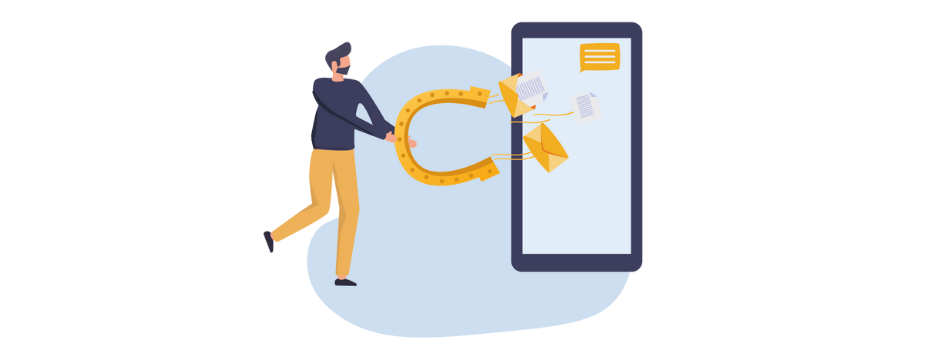
by Marc Dallas
Data breaches are a major cybersecurity threat. They affect organizations of all sizes and can lead to financial, legal, and reputational consequences.
To prevent data breaches, start by classifying sensitive data and limiting access with least-privilege. Encrypt data at rest and in transit, and enforce DLP to block unauthorized sharing. Anonymize or consistently mask non-production datasets used for testing and analytics. Combine these controls with monitoring and regular reviews to keep risks low.
This article provides a clear definition of data breaches, outlines the associated risks, shares the latest statistics, and presents preventive measures—with a particular focus on anonymization.
1. Understanding a data breach
A data breach is the unauthorized disclosure of sensitive information. It can be malicious or accidental, intentional or unintentional, internal or external. This includes:
- Human error (sending a file to the wrong recipient)
- Cyberattacks (phishing, malware, ransomware)
- Insider behavior (malicious employee or human failure)
2. Types of data breaches
External breaches
Usually caused by cyberattacks, such as:
- Phishing
- Spyware
- Ransomware and malware exploiting vulnerabilities
Internal breaches
Originating from within the organization:
- Unauthorized access to sensitive data
- Poor access rights management
- Use of unsecured data in test or training environments
3. Recent statistics on cyberattacks
- In 2023, 82% of organizations experienced at least one successful cyberattack (CyberEdge Group, 2024).
- The Verizon Data Breach Investigations Report 2024 found that 68% of data breaches involved a human factor, including errors, privilege misuse, use of stolen credentials, or phishing.
- In 2024, cyberattacks increased by 20% in France compared to the previous year (Inquest, 2025).
- ANSSI reported handling 4,386 security events in 2024 (ANSSI, 2025).
- Over 195 million data records were compromised in 2024 (Le Monde Informatique, 2025).
4. Average cost of a data breach
- Global average in 2024: $4.88 million (IBM Cost of a Data Breach 2024)
- Average cost in France in 2024: €3.85 million, a 3% increase from 2023 (IBM France, 2024)
Losses include:
- Business disruption
- Loss of competitiveness
- Consulting and remediation costs
- Loss of customer trust and reputational damage
5. Measures to prevent data breaches
1. DLP (Data Loss Prevention)
Prevents sensitive data from leaving the organization.
2. Data classification
Protects data by assigning sensitivity levels and limiting access.
3. Least privilege policy
Ensures each user only accesses the data necessary for their job.
4. Encryption
Protects data by making it unusable without a key.
5. Anonymization
Replaces personal data with realistic, non-identifying equivalents. Discover DOT Anonymizer, Data Masking Tool.
6. Focus: Anonymization as a key prevention tool
What is anonymization?
According to the CNIL, anonymization involves applying a set of techniques that make it practically impossible to identify a person in an irreversible way.
Difference with pseudonymization
- Pseudonymization: reversible, still subject to GDPR.
- Anonymization: irreversible, excluded from the scope of GDPR.
Use cases
- Software testing and development: provide coherent yet non-identifying data.
- Training environments: simulate real scenarios without risk of leakage.
- Outsourcing: deliver usable data without exposing personal information.
- Business Intelligence: leverage data while preserving confidentiality.
Example: profile-based data access
- An HR developer sees coherent, anonymized data.
- An HR manager sees the actual data.
Conclusion
Data breaches are a daily reality with potentially severe consequences for businesses.
An effective strategy combines both technological and organizational measures. Anonymization, as a proactive solution, not only protects sensitive data but also relieves regulatory obligations—provided it is deeply embedded in all business processes.
Author

Marc Dallas
Business Line Manager Application Release Automation, ARCAD Software
Marc Dallas is Vice President of R&D at ARCAD Software. With over 25 years' experience in production operations and R&D leadership, Marc plays a key role in developing DevOps tools for IBM i, release management, and test data management.

